Home>Technology>Security & Surveillance>How To Open Sliding Door Lock
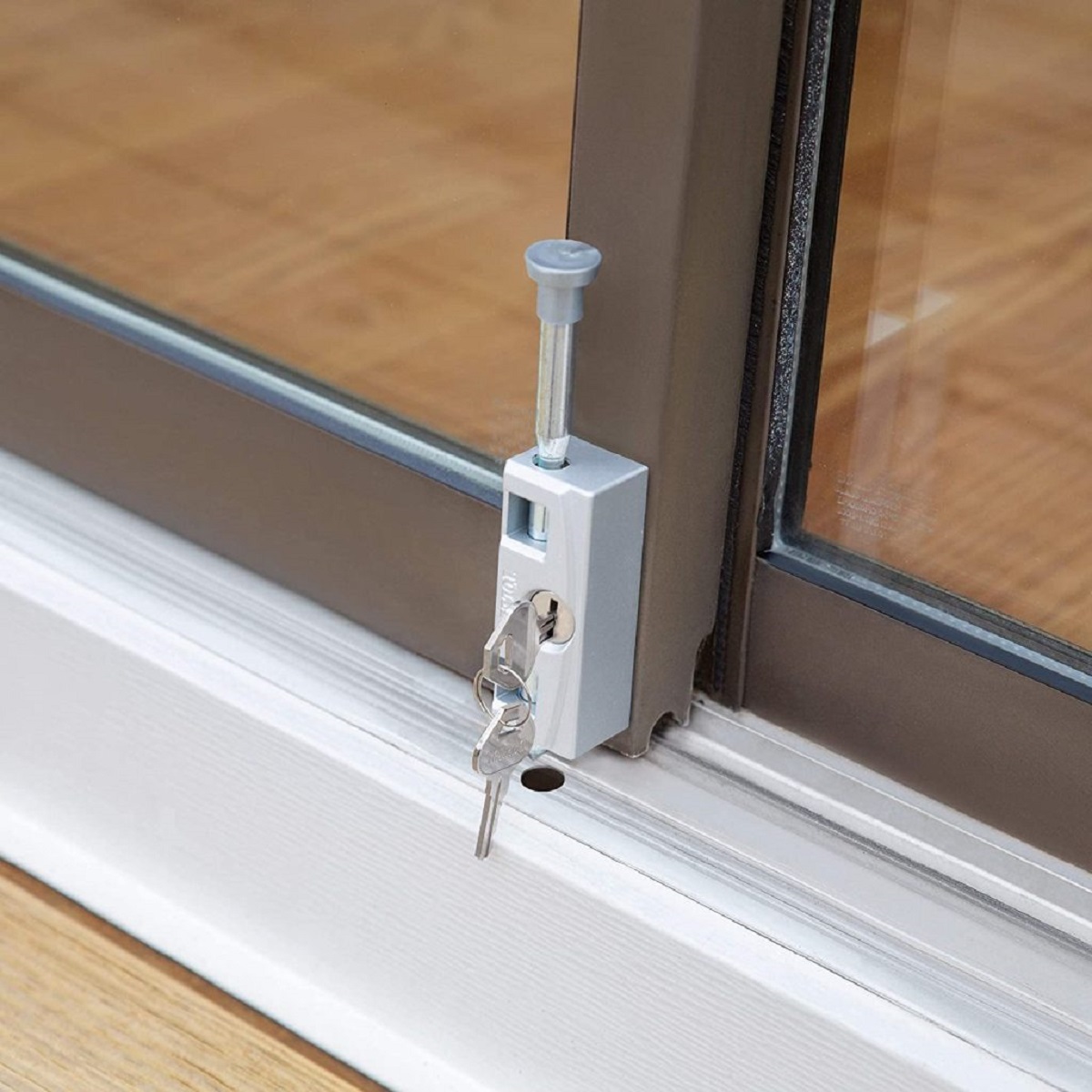

Security & Surveillance
How To Open Sliding Door Lock
Modified: February 27, 2024
Learn how to open a sliding door lock for your security and surveillance needs. Find step-by-step instructions and tips to ensure your safety and peace of mind. Unlock the potential of your sliding door security today!
(Many of the links in this article redirect to a specific reviewed product. Your purchase of these products through affiliate links helps to generate commission for Storables.com, at no extra cost. Learn more)
Introduction
So, you've found yourself in a situation where you need to open a sliding door lock. Whether it's due to a misplaced key, a malfunctioning lock, or simply a desire to understand the mechanics of your door, knowing how to tackle this task can be incredibly useful.
In this guide, we'll walk you through the process of opening a sliding door lock step by step. You'll learn about the tools and materials you'll need, as well as troubleshooting tips for common issues that may arise. By the end of this article, you'll have the knowledge and confidence to handle sliding door lock situations with ease.
Let's dive in and empower you with the skills to conquer this challenge!
Key Takeaways:
- To open a sliding door lock, gather tools like a screwdriver, lubricant, flashlight, and pliers. Remove the door handle, locate the lock mechanism, troubleshoot common issues, and reassemble the handle for a smooth operation.
- If you encounter a jammed lock or misaligned components, apply lubricant and gently manipulate the internal parts. Always prioritize safety and seek professional help if needed.
Read more: How To Open A Locked Sliding Glass Door
Tools and Materials Needed
Before you begin the process of opening a sliding door lock, it's important to gather the necessary tools and materials. Here's what you'll need:
- Screwdriver: A screwdriver will be essential for removing the door handle and accessing the lock mechanism.
- Lubricant: Having a lubricant such as silicone spray or graphite powder can help ease the movement of the lock components.
- Flashlight: Since the lock mechanism is often located within the door, a flashlight will assist in illuminating the area for better visibility.
- Pliers: Pliers may be necessary for certain types of sliding door locks, especially if the lock mechanism is jammed or difficult to manipulate.
- Replacement Parts (Optional): Depending on the issue you encounter, you may require replacement parts for the lock or handle.
By ensuring you have these tools and materials on hand, you'll be well-prepared to tackle the task of opening a sliding door lock.
Step 1: Remove the Door Handle
The first step in opening a sliding door lock is to remove the door handle. This will allow you to access the inner workings of the lock mechanism. Here's how to do it:
- Locate the Screws: Most sliding door handles are attached with screws, which are often located on the interior side of the handle. Look for any visible screws or covers that may be concealing the screws.
- Unscrew the Handle: Use a screwdriver to carefully remove the screws from the handle. Keep the screws in a safe place, as you'll need them for reassembly later.
- Detach the Handle: Once the screws are removed, gently detach the handle from the door. Be mindful of any connecting rods or wires that may be present, as these will need to be reconnected during reassembly.
With the door handle removed, you'll have clear access to the lock mechanism, setting the stage for the next steps in the process.
Step 2: Locate the Lock Mechanism
After removing the door handle, the next crucial step is to locate the lock mechanism within the sliding door. This component is responsible for securing the door in place and is essential to understanding how the lock operates. Here's how to proceed:
- Inspect the Door Edges: Begin by examining the edges of the door where it meets the frame. The lock mechanism is typically situated within this area, and it may be partially concealed by a metal plate or housing.
- Use a Flashlight: Since the lock mechanism is often positioned within the door, a flashlight can be invaluable for illuminating the area and providing better visibility.
- Identify the Components: Take note of the various components that make up the lock mechanism, including the latch, hook, or bolt. Understanding how these elements interact will be beneficial as you proceed with opening the lock.
By successfully locating the lock mechanism, you'll gain a clearer understanding of the inner workings of your sliding door lock, setting the stage for the subsequent steps in the process.
To open a sliding door lock, first ensure the door is fully closed. Then, insert the key into the lock and turn it clockwise to unlock. If the lock is stuck, try lubricating it with graphite powder.
Step 3: Access the Lock
Once you’ve located the lock mechanism, the next step is to access it in order to manipulate the components and release the door. Here’s how to proceed:
- Identify the Lock Type: Determine the specific type of lock you’re dealing with, as this will influence the method of access. Common types include latch-based locks, hook locks, and cylinder locks.
- Apply Lubricant: If the lock mechanism appears to be jammed or difficult to manipulate, applying a lubricant such as silicone spray or graphite powder can help loosen the components and facilitate smoother operation.
- Use Pliers or Tools (if necessary): Depending on the design of the lock, you may need to use pliers or specialized tools to grip and manipulate the internal components. Exercise caution to avoid damaging the lock or door during this process.
- Manipulate the Components: Carefully manipulate the latch, hook, or cylinder using the appropriate method for your specific lock type. Apply gentle pressure and observe how the components respond, as this will guide your efforts to release the lock.
By effectively accessing the lock and understanding its unique characteristics, you’ll be well-equipped to proceed with the next steps in opening the sliding door lock.
Read more: How To Lock A Sliding Door
Step 4: Troubleshooting Common Issues
During the process of opening a sliding door lock, you may encounter common issues that can impede your progress. Understanding how to troubleshoot these challenges is essential for achieving success. Here are some common issues and their respective troubleshooting steps:
- Jammed Lock: If the lock mechanism is jammed and resistant to manipulation, applying a lubricant to the internal components can help loosen the obstruction. Exercise patience and gradually attempt to free the lock with gentle pressure.
- Misaligned Components: In some cases, the components of the lock mechanism may become misaligned, preventing smooth operation. Inspect the alignment of the latch, hook, or cylinder, and gently adjust them to their proper positions for optimal functionality.
- Worn or Damaged Parts: If the lock exhibits signs of wear or damage, such as a broken latch or worn-out components, you may need to consider replacing these parts to restore the lock’s effectiveness. Keep replacement parts on hand for this scenario.
- Stiff or Rigid Operation: If the lock operates stiffly or exhibits rigid movement, consider applying a lubricant to the moving parts to enhance their mobility. Additionally, inspect for any debris or obstructions that may be hindering smooth operation.
By effectively troubleshooting these common issues, you’ll be better equipped to overcome obstacles and successfully open the sliding door lock.
Step 5: Reassemble the Door Handle
After successfully opening the sliding door lock, it’s important to reassemble the door handle to restore the door’s functionality and security. Follow these steps to reassemble the door handle:
- Position the Handle: Align the door handle with its original placement on the door, ensuring that any connecting rods or wires are properly positioned for reattachment.
- Secure the Screws: Using a screwdriver, reattach the screws to the handle and tighten them securely. Confirm that the handle is firmly fastened to the door without any wobbling or instability.
- Test the Operation: After reassembly, test the door handle to ensure that it operates smoothly and engages with the lock mechanism as intended. Verify that the handle’s movements are fluid and that the lock functions properly.
- Check for Alignment: Confirm that the door handle aligns correctly with the door frame and latches securely when closed. Make any necessary adjustments to achieve proper alignment and functionality.
By carefully reassembling the door handle, you’ll complete the process of opening the sliding door lock and restore the door to its operational state, providing peace of mind and security.
Conclusion
Congratulations! You’ve now gained valuable insight into the process of opening a sliding door lock. Equipped with the knowledge and step-by-step guidance provided in this article, you have the confidence to tackle this task effectively and efficiently.
By following the outlined steps, from removing the door handle to troubleshooting common issues and reassembling the components, you’ve demonstrated the ability to navigate through potential challenges and overcome them with skill and determination.
Remember, opening a sliding door lock may present varying levels of complexity based on the specific type of lock and any underlying issues. However, with the right tools, a methodical approach, and a clear understanding of the lock’s mechanics, you can successfully address the situation.
As you apply this newfound knowledge, always prioritize safety and caution when working with locks and doors. If you encounter particularly stubborn or complex issues, don’t hesitate to seek the assistance of a professional locksmith for expert guidance and support.
With your enhanced understanding of opening sliding door locks, you’re now better prepared to handle similar challenges in the future and assist others facing similar situations. Your newfound expertise empowers you to take control and address sliding door lock issues with confidence and proficiency.
Thank you for joining us on this informative journey, and may your newfound skills serve you well in your future endeavors!
Frequently Asked Questions about How To Open Sliding Door Lock
Was this page helpful?
At Storables.com, we guarantee accurate and reliable information. Our content, validated by Expert Board Contributors, is crafted following stringent Editorial Policies. We're committed to providing you with well-researched, expert-backed insights for all your informational needs.
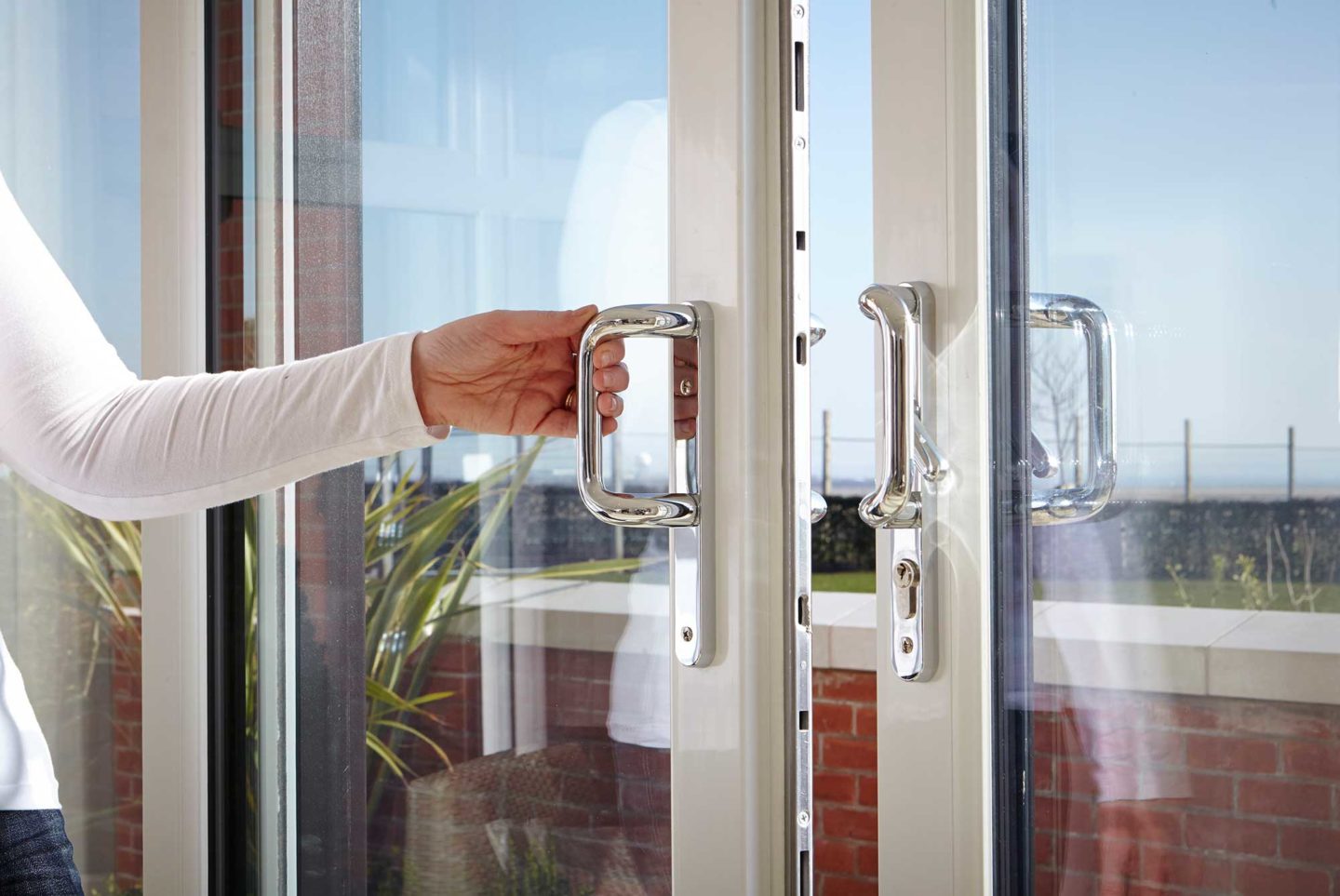
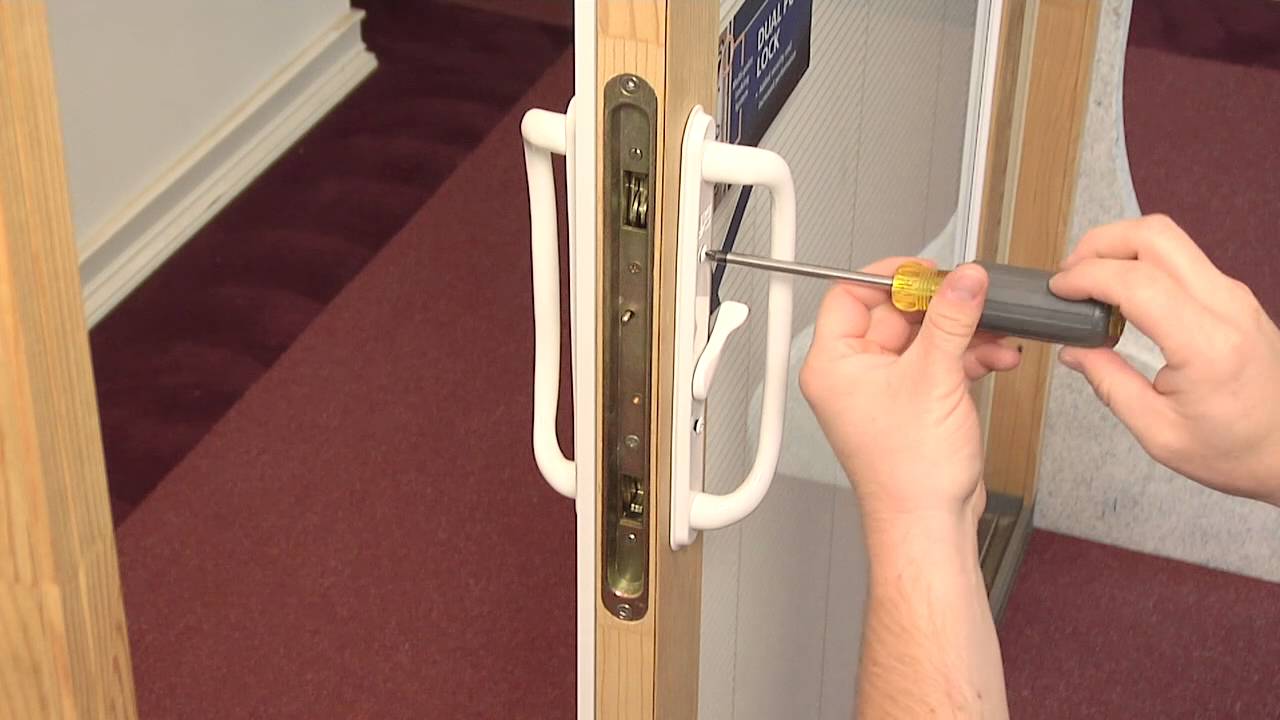
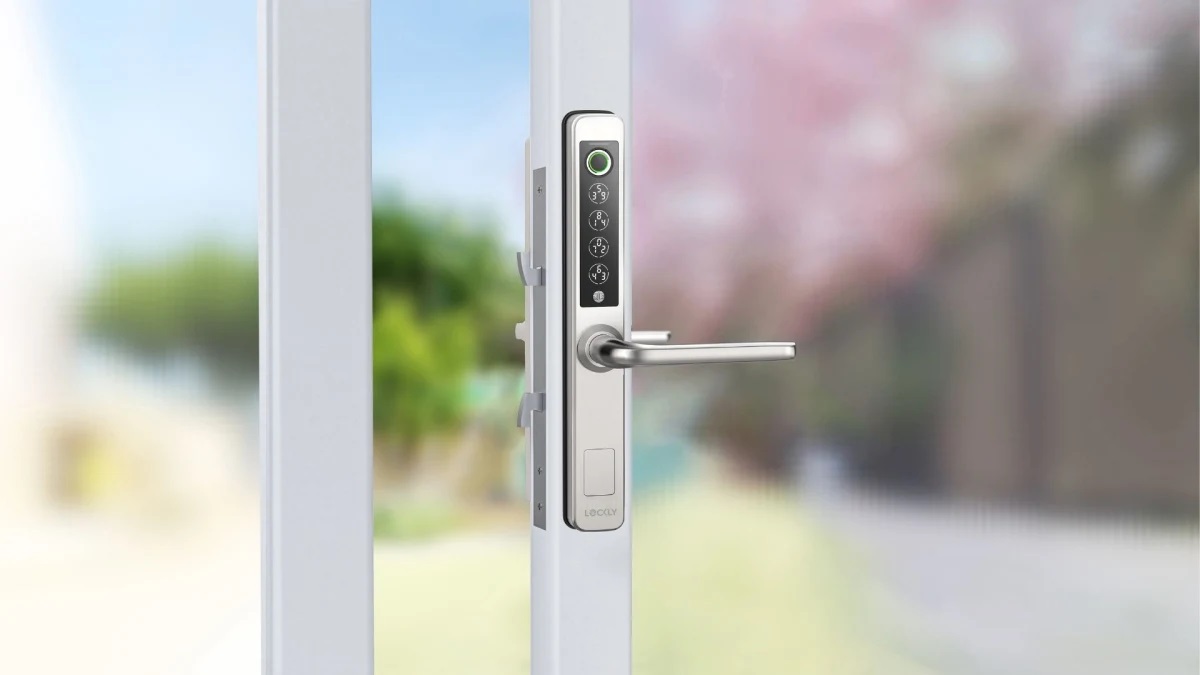

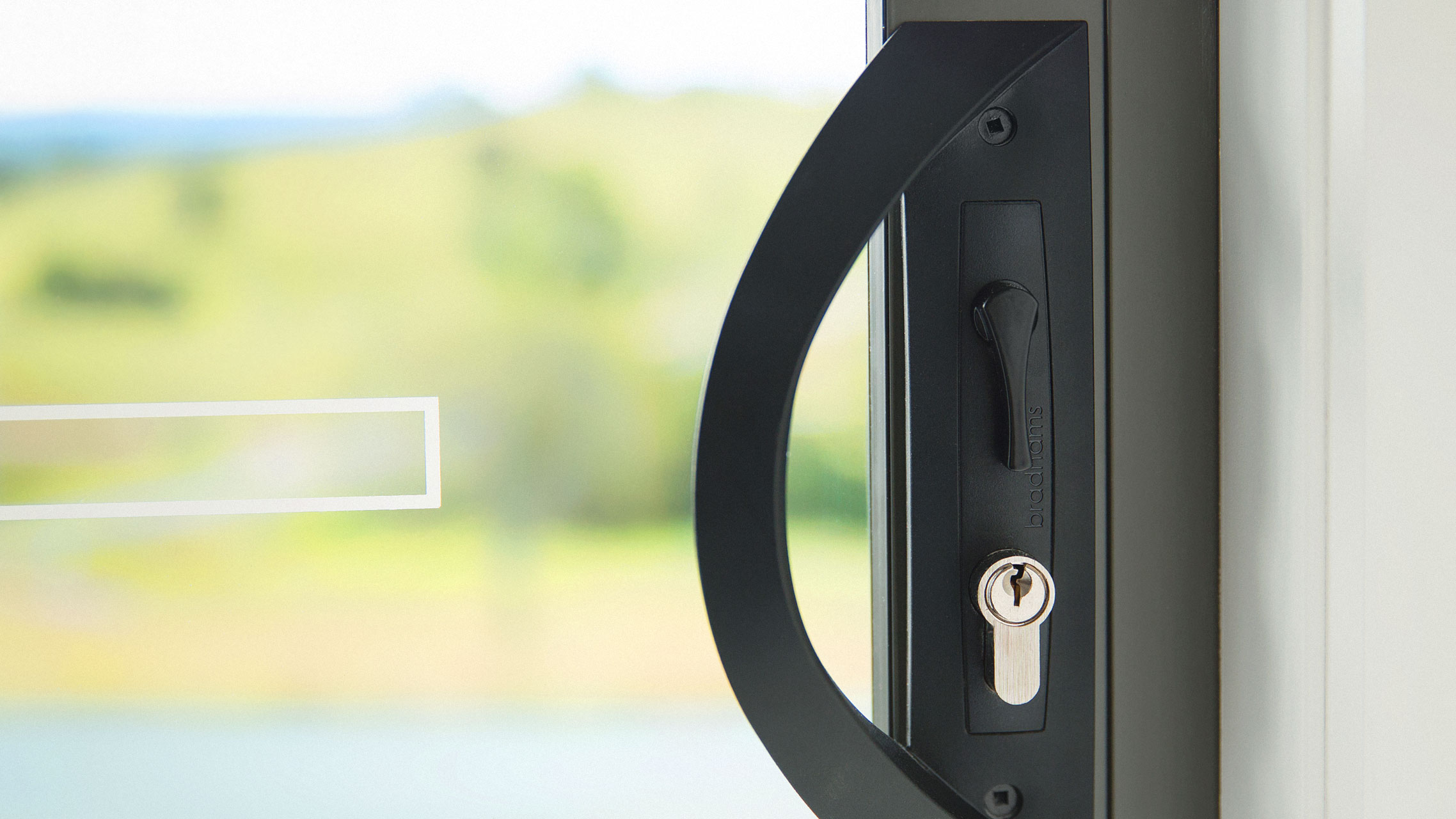
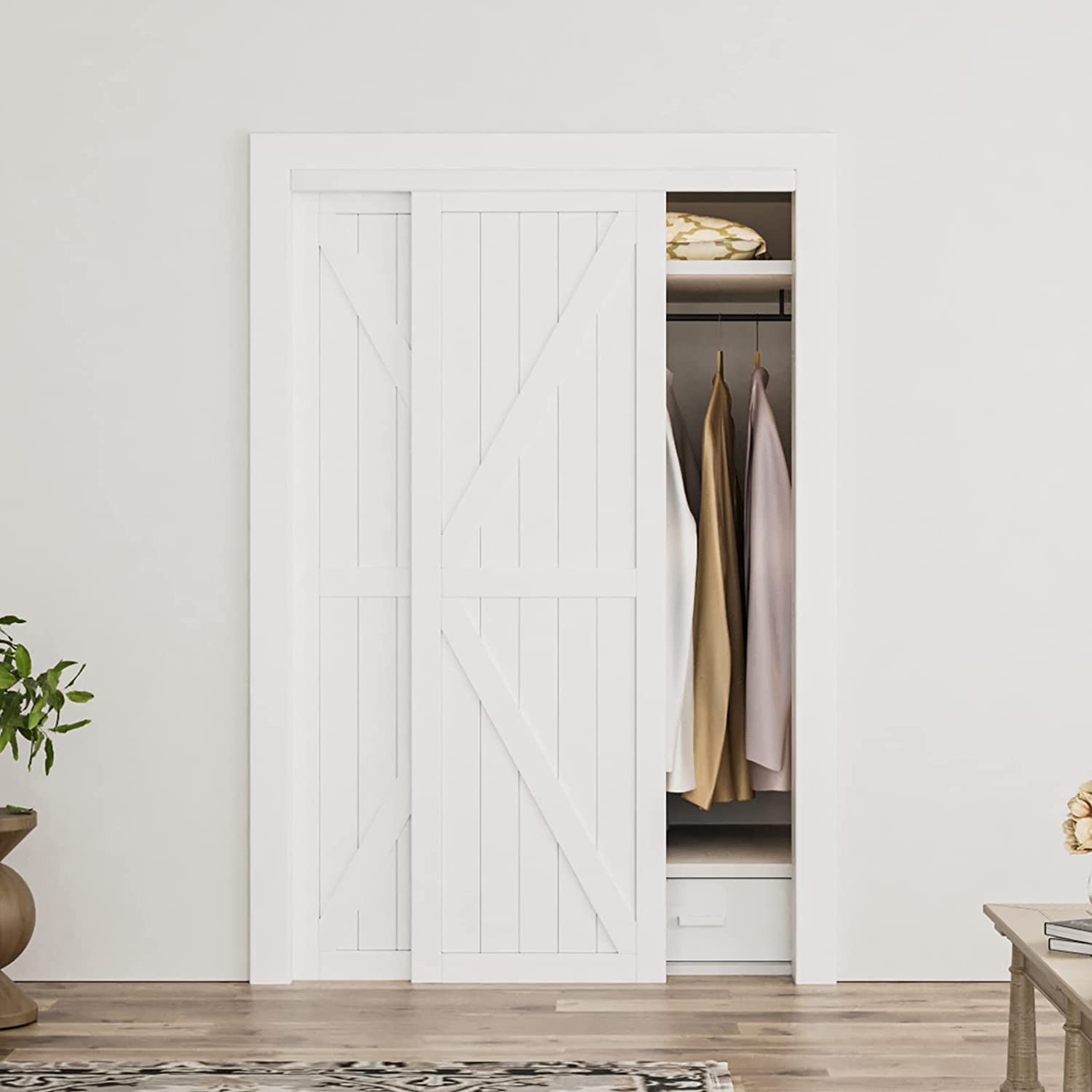
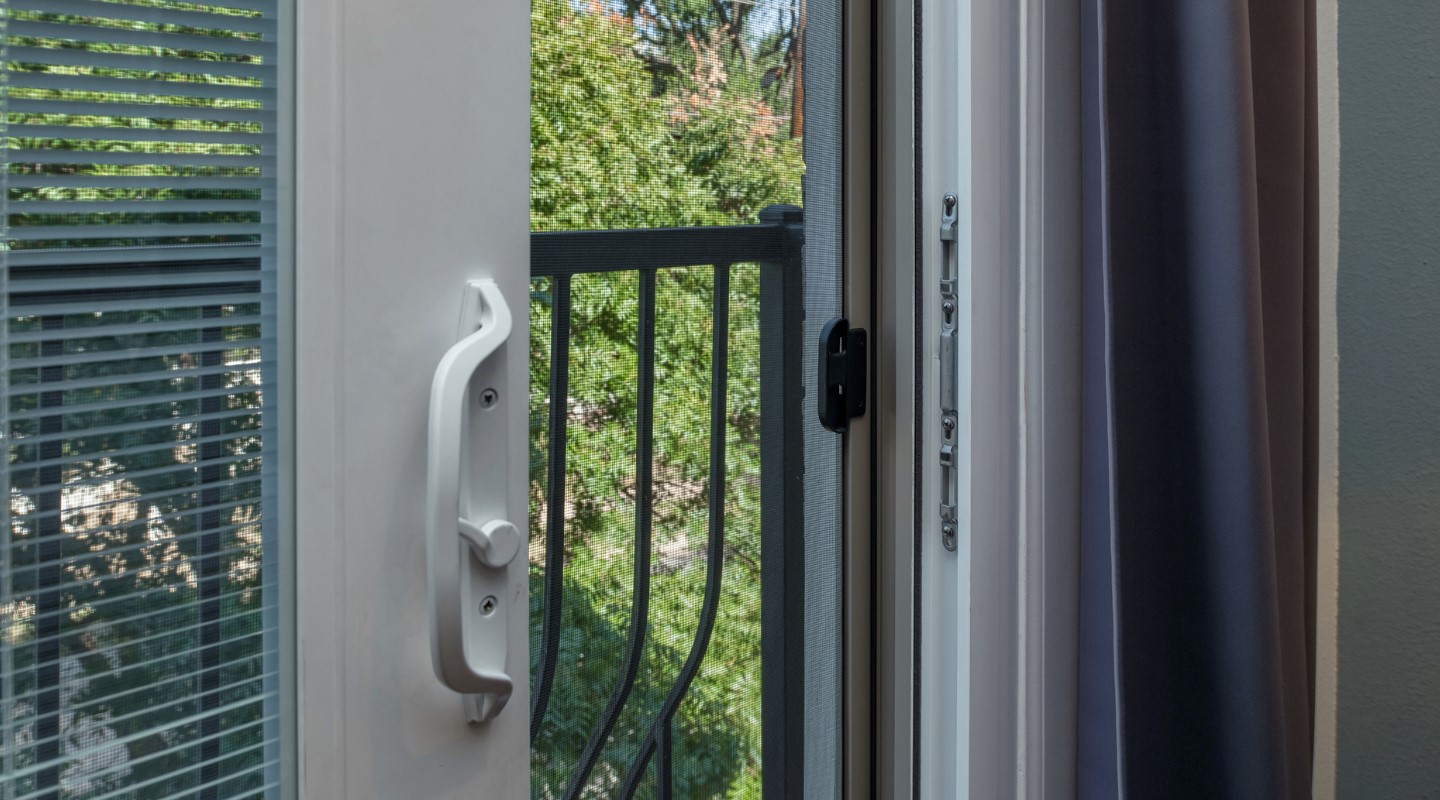
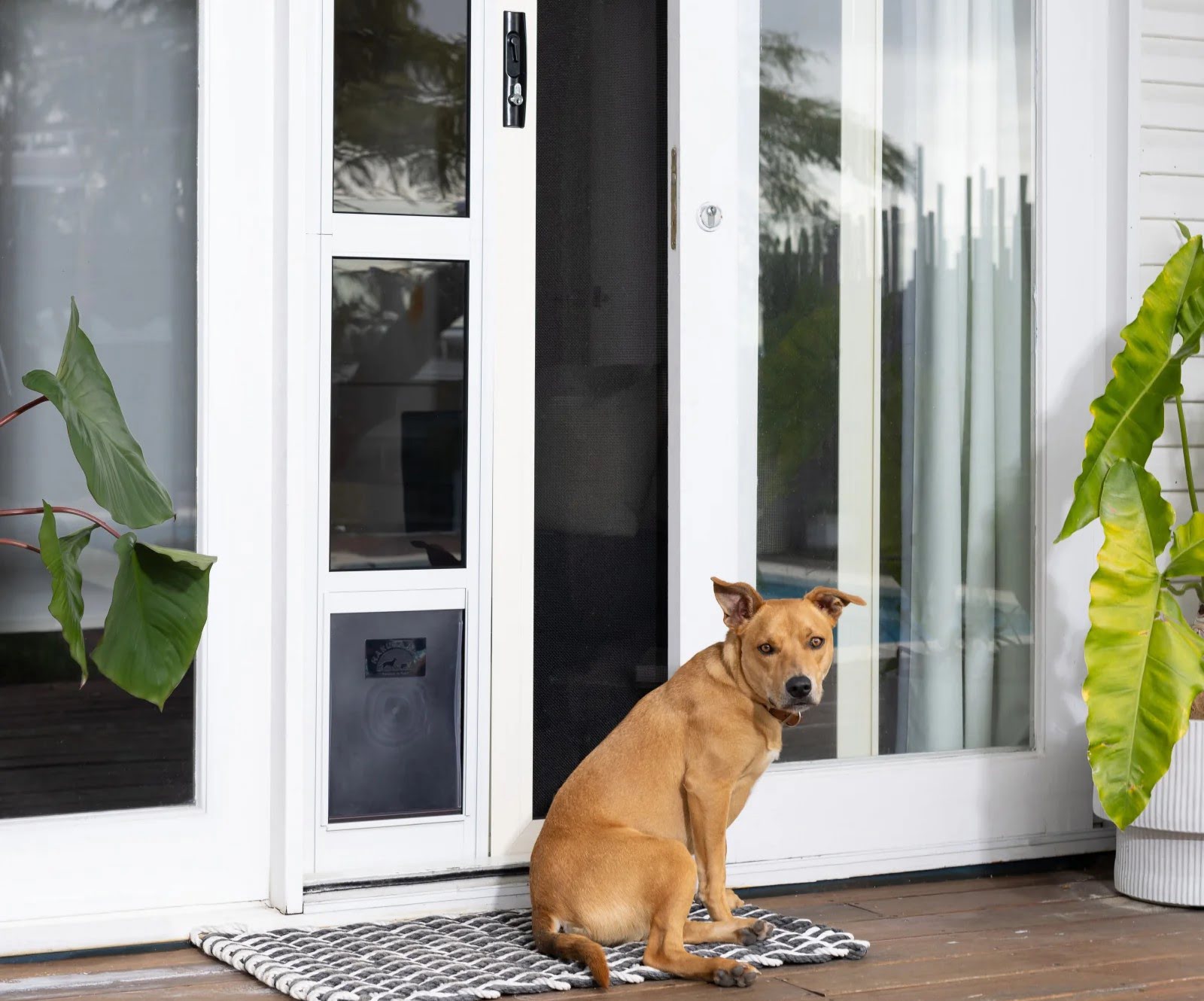
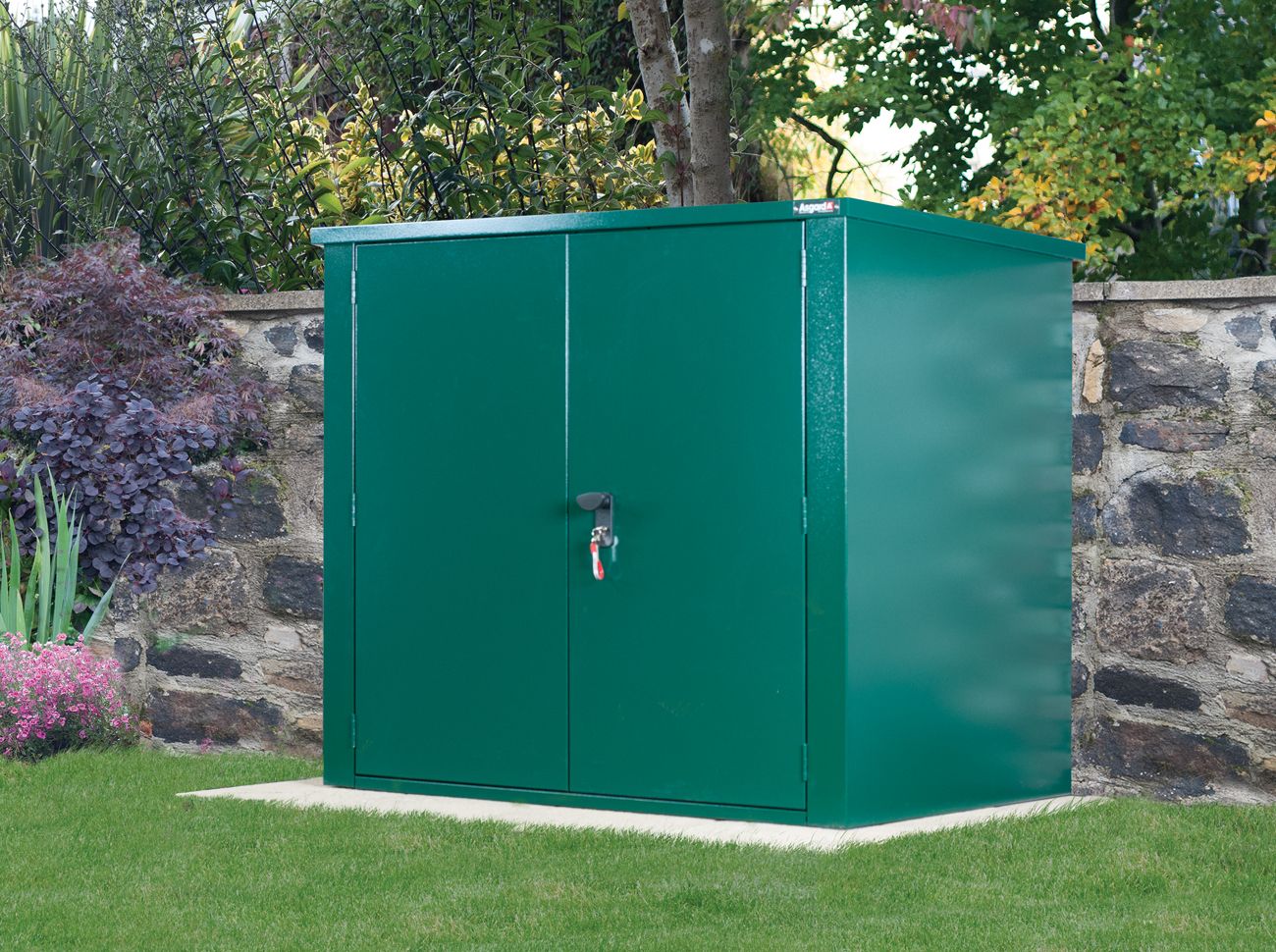
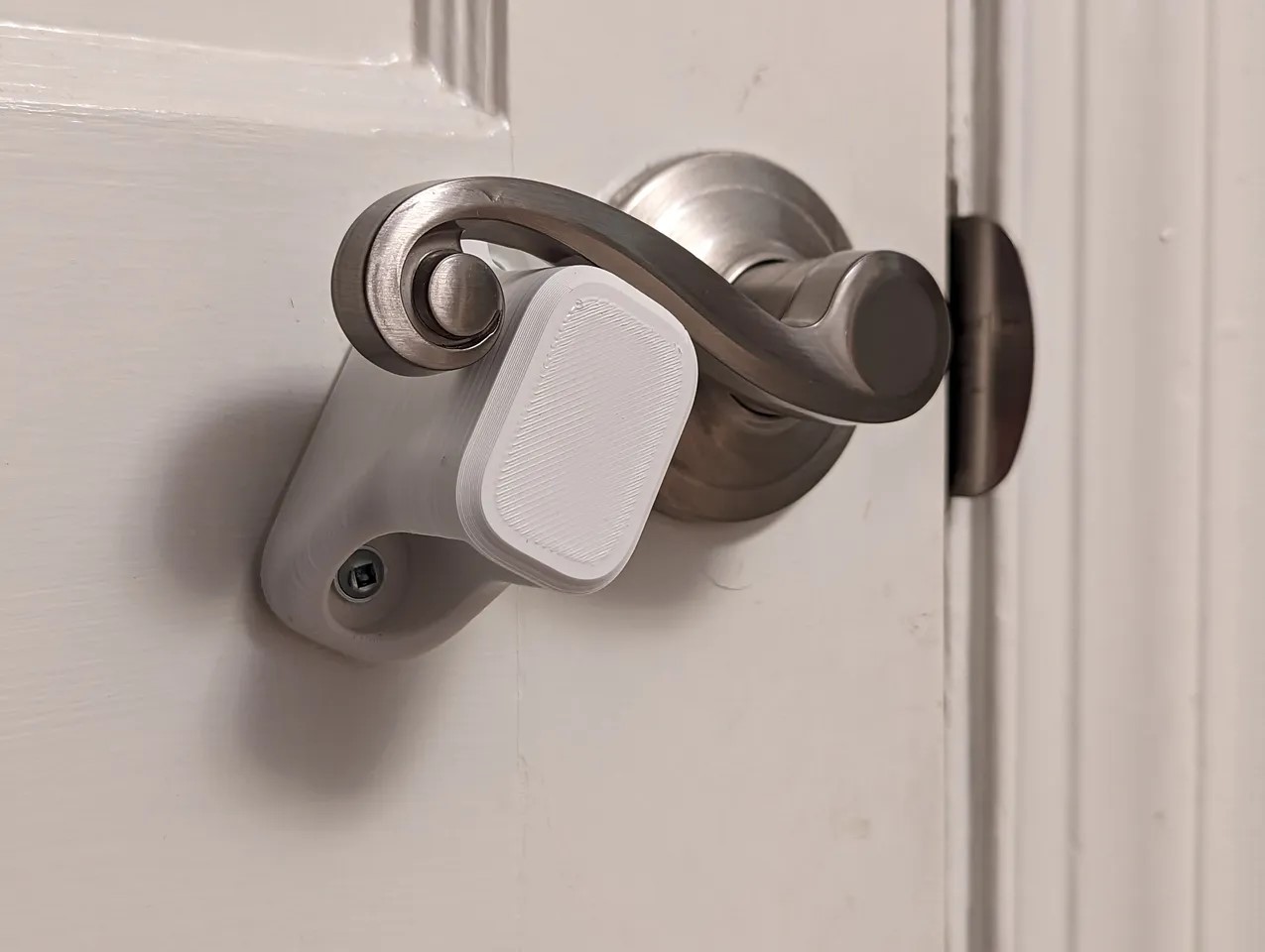
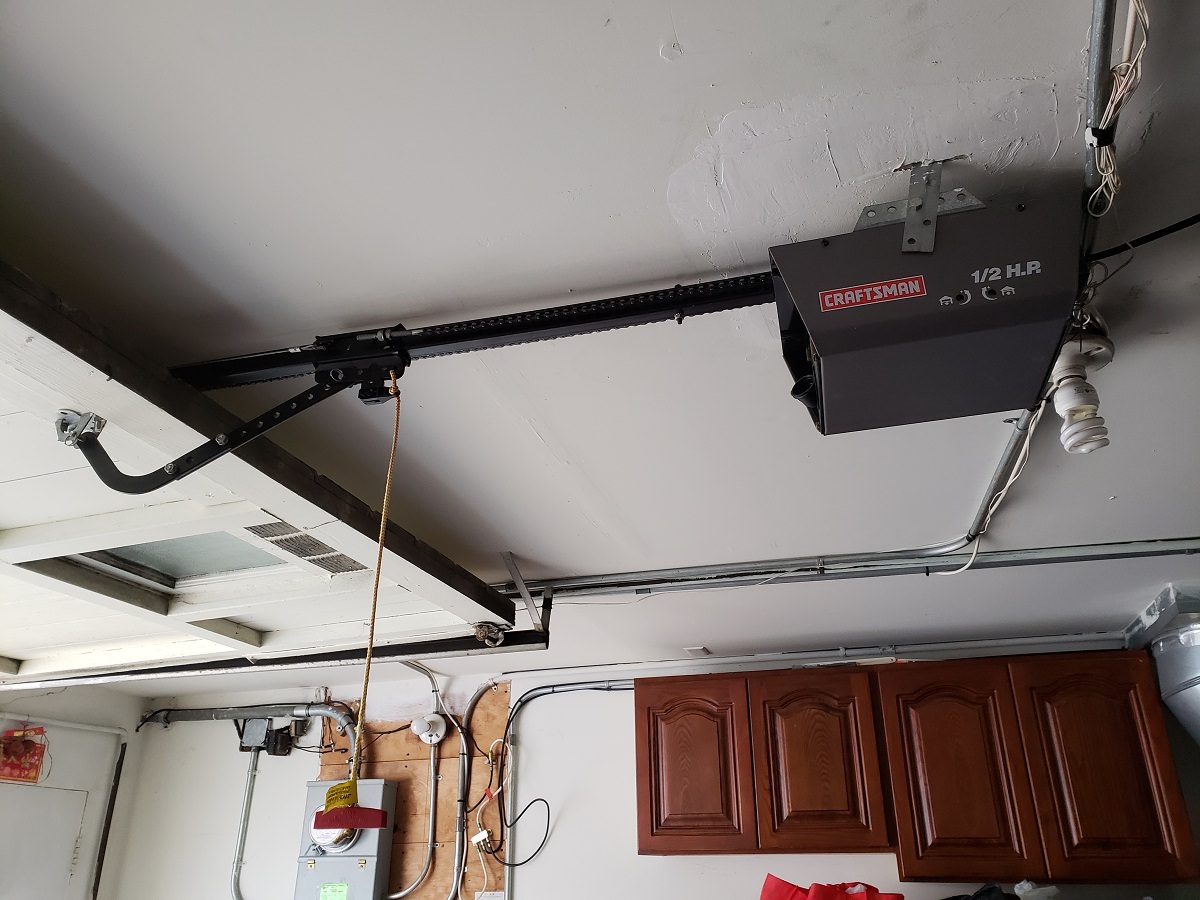
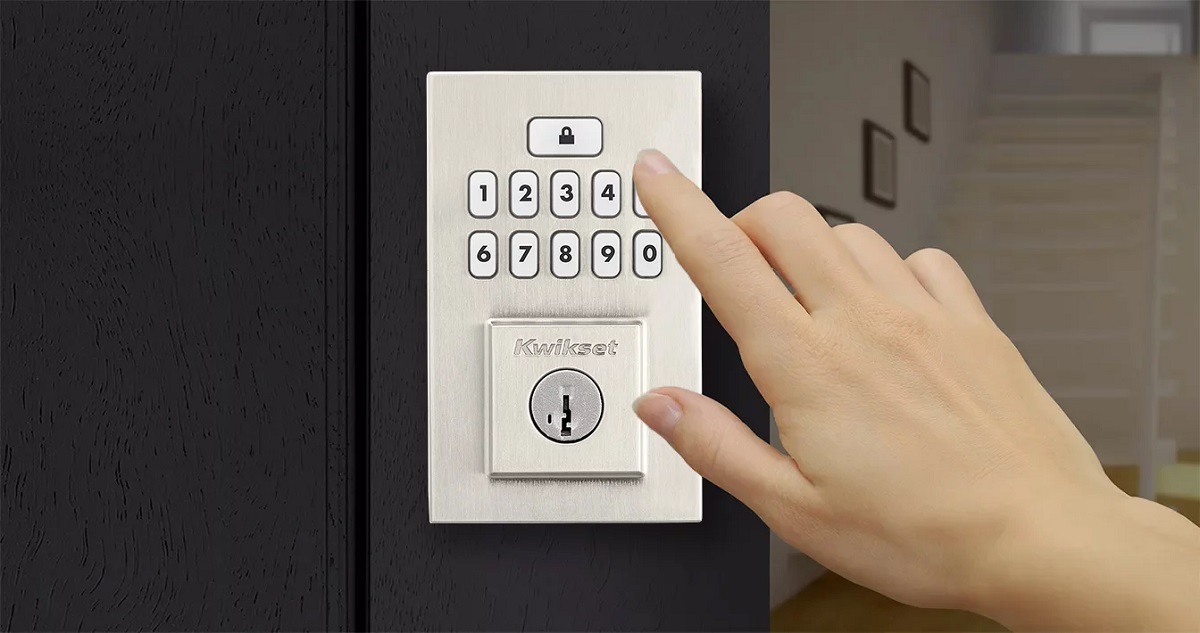
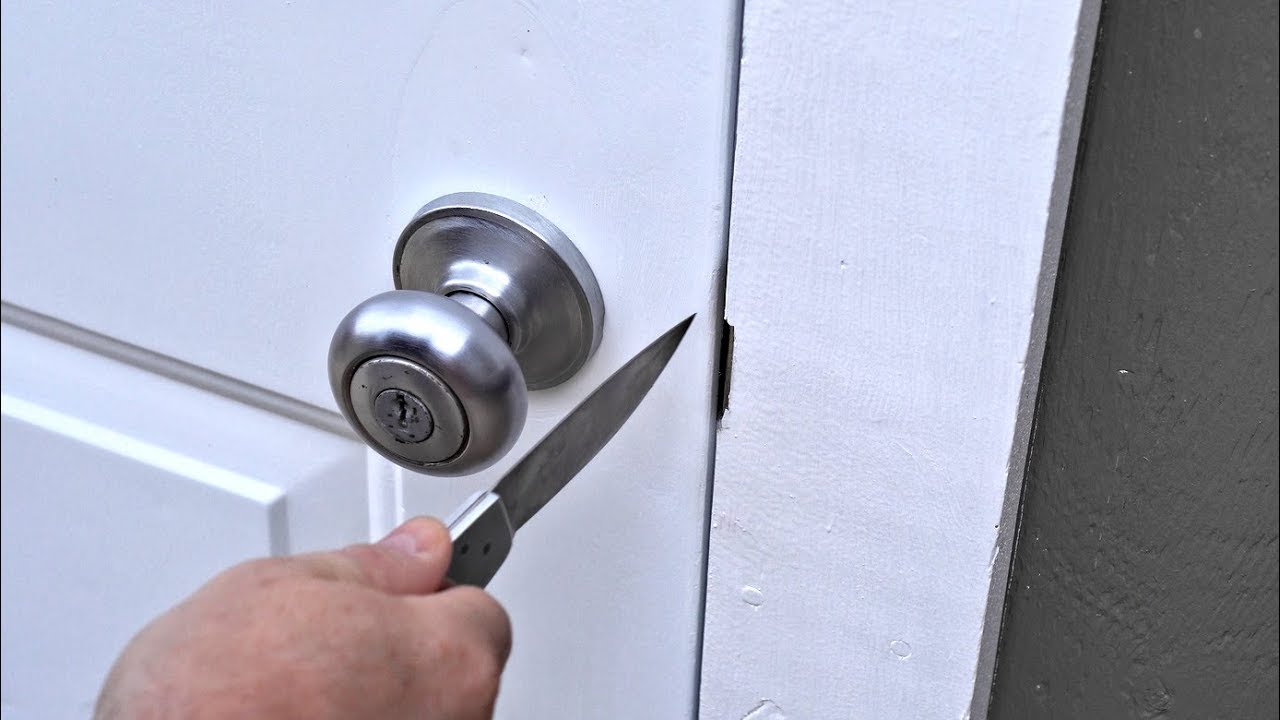
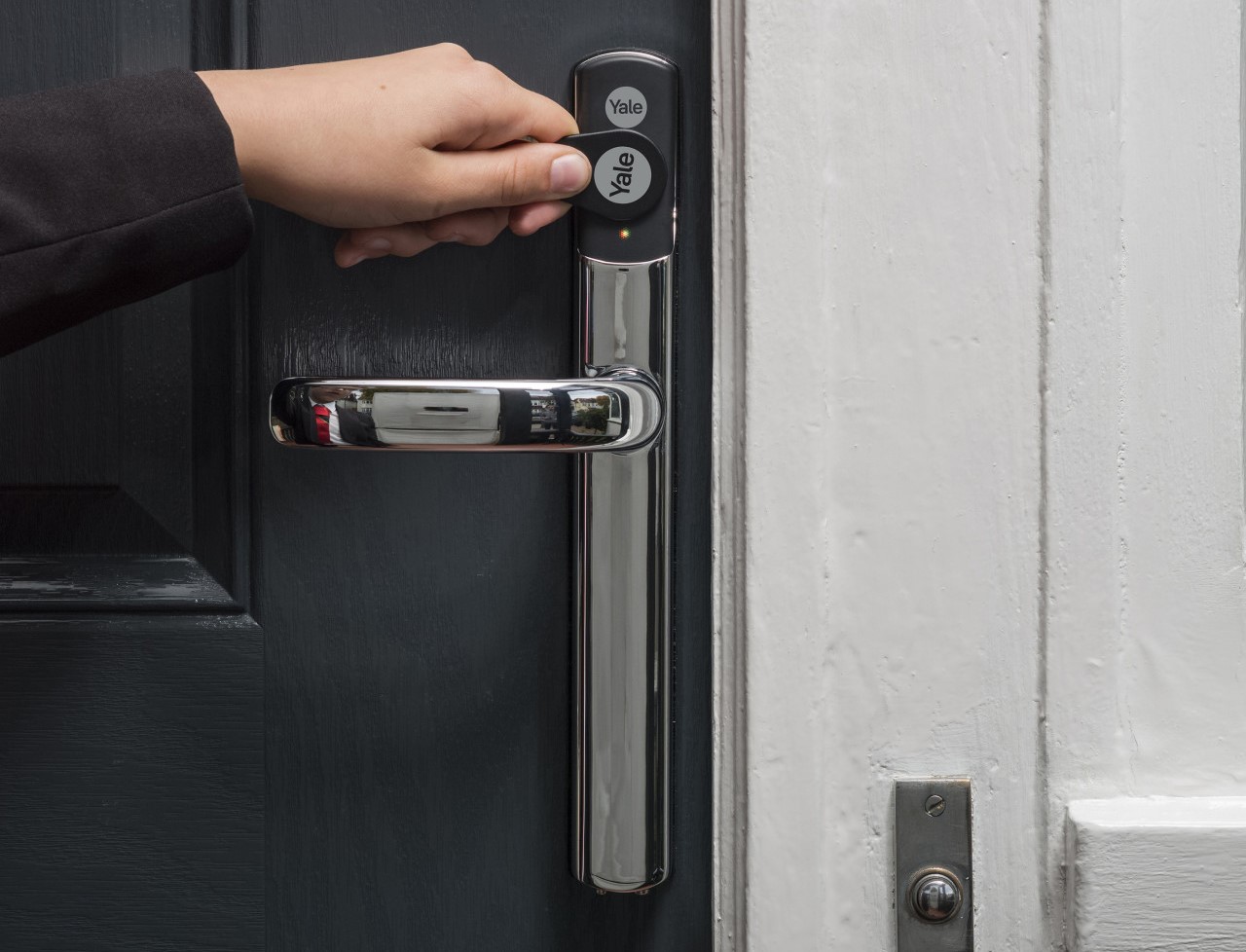

0 thoughts on “How To Open Sliding Door Lock”